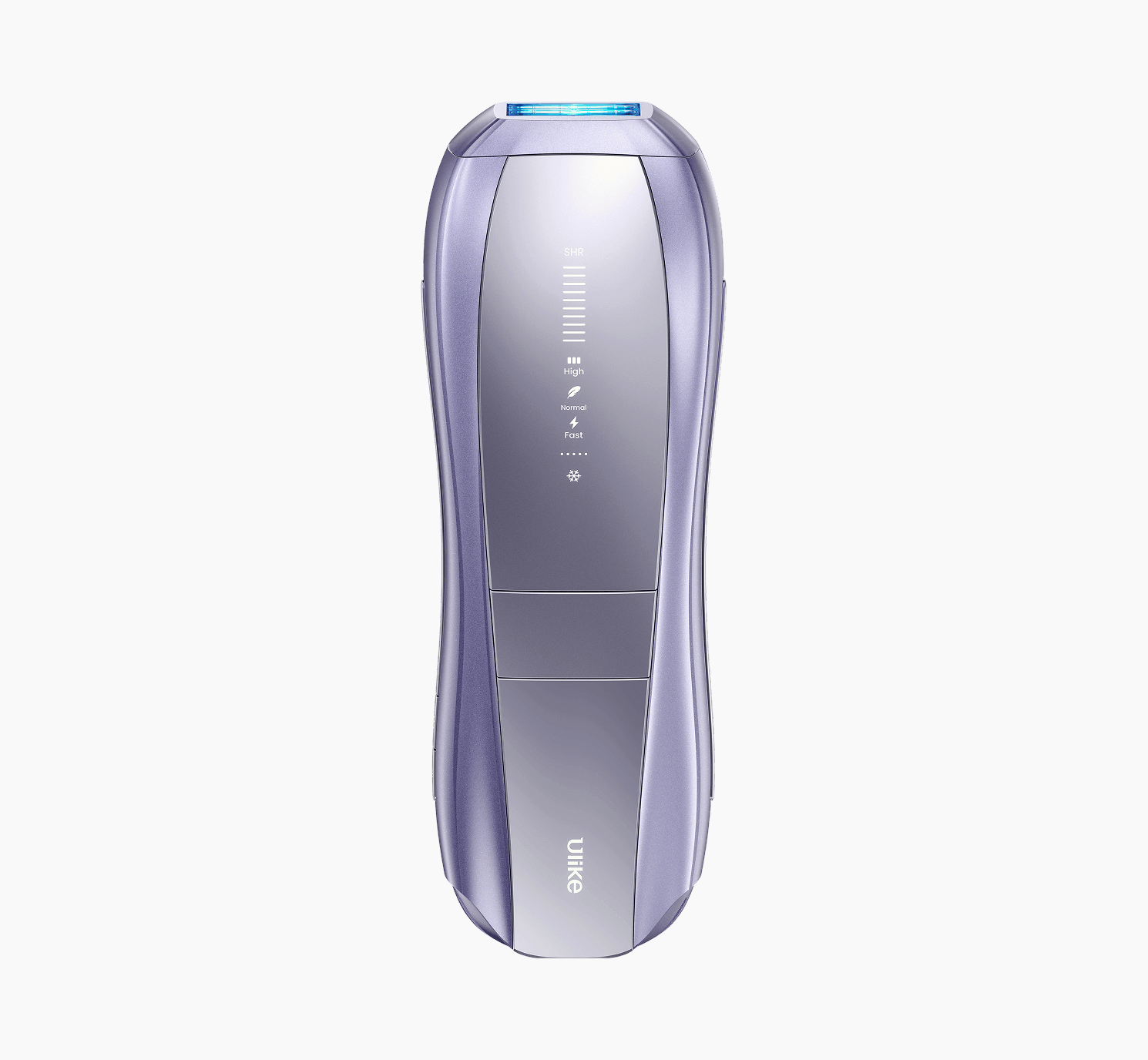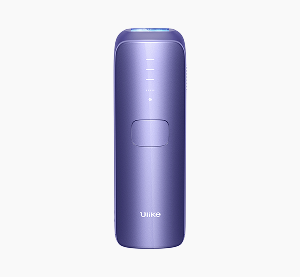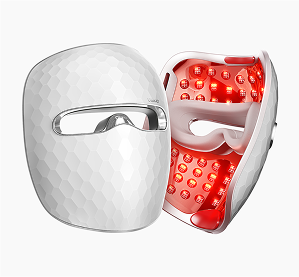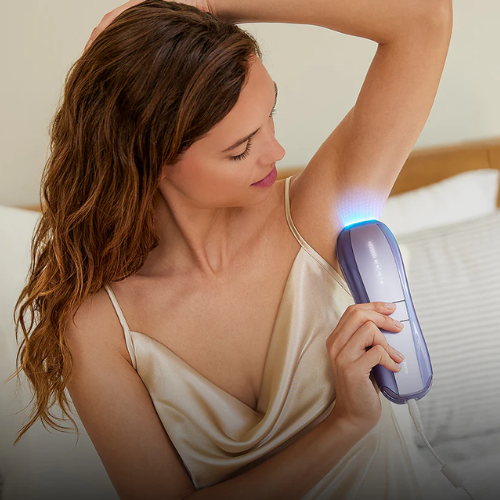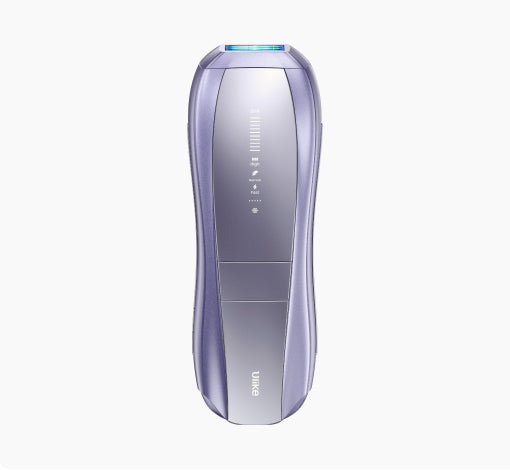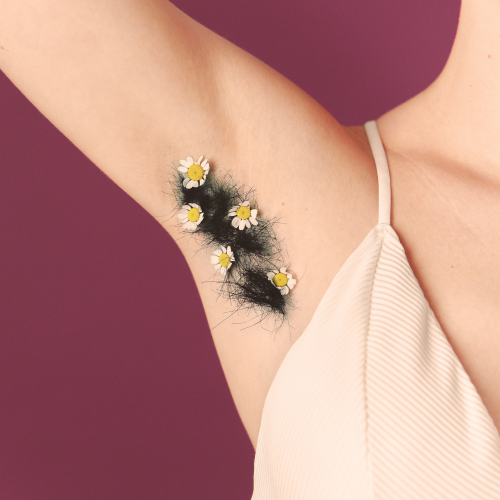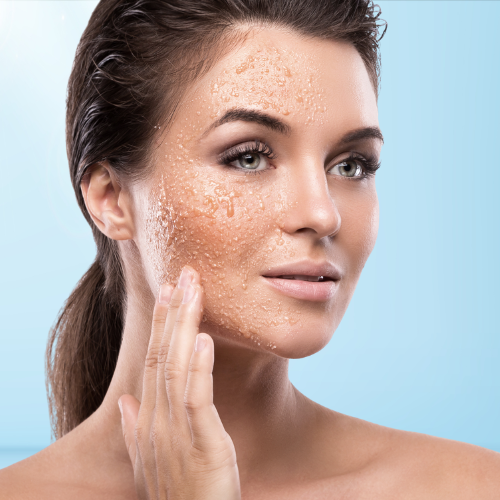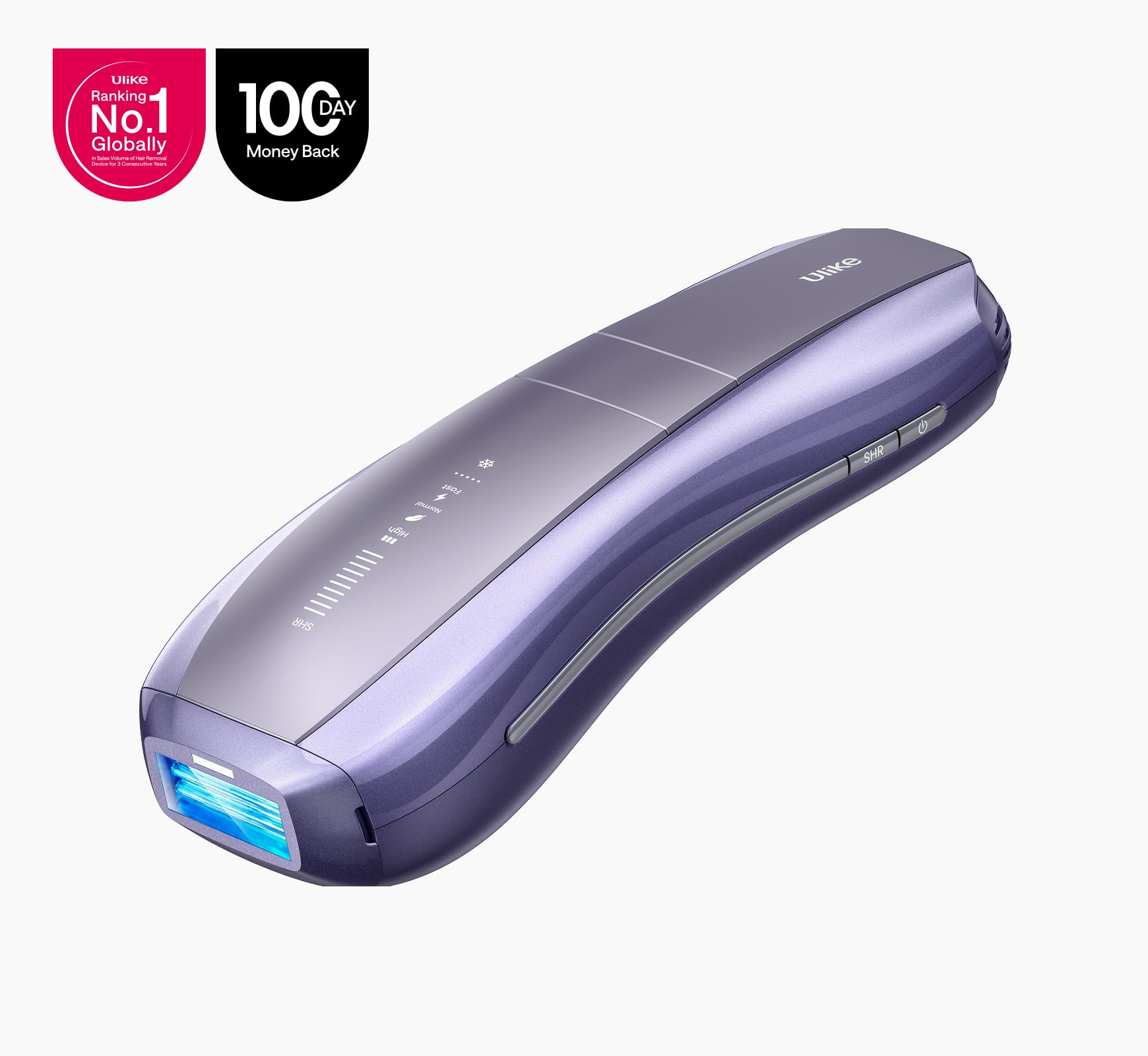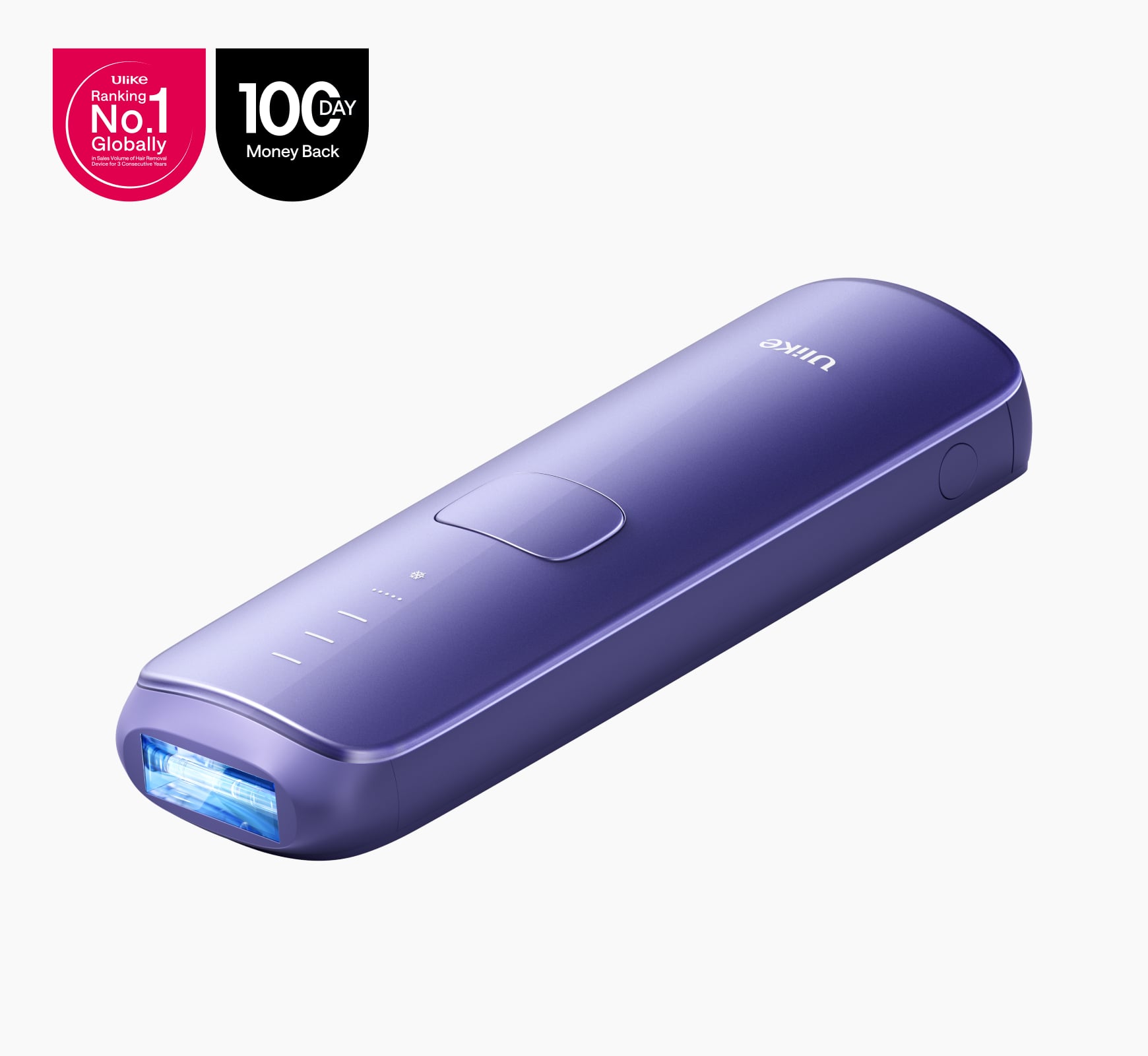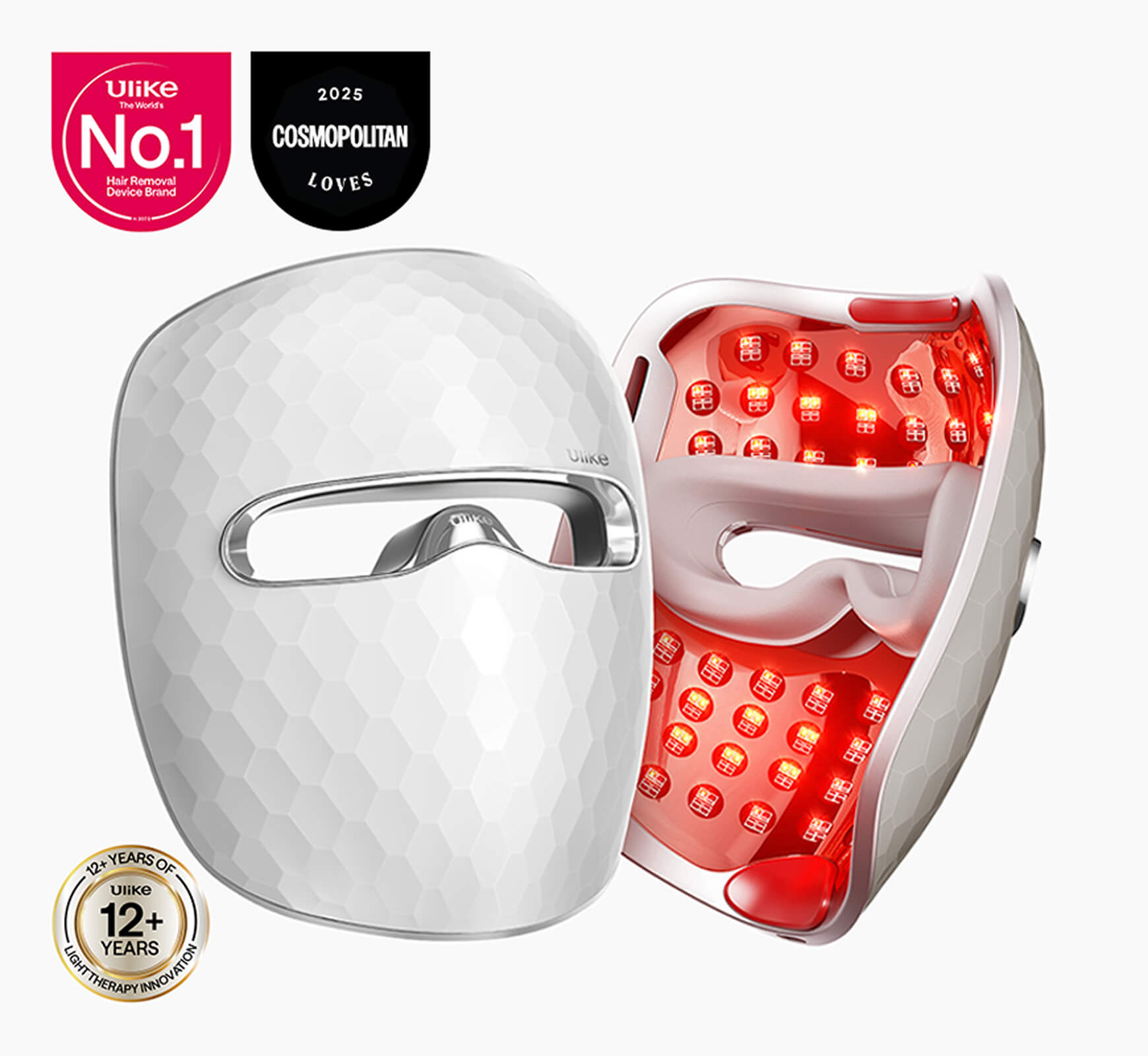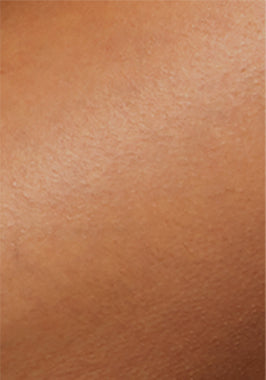Does IPL Cause Cancer? NHS Facts & Expert Safety Guide
Does IPL cause cancer? Many people ask this before trying light-based hair removal at home. The short answer is no. IPL does not cause cancer when used correctly. The light used in IPL is non-ionising, which means it does not damage DNA or lead to cancer.IPL stands for Intense Pulsed Light. It works by sending controlled flashes of light into the skin. These flashes target pigment in the hair root. The process slows and reduces hair growth over time.
Some confusion comes from mixing IPL with radiation treatments that use ionising energy. Those treatments affect cells at a genetic level. IPL does not. The NHS confirms that IPL hair removal is safe when performed or used as directed.
You might still feel unsure about using an at-home IPL device. This guide explains the science behind IPL safety. It includes what UK experts and the NHS say about long-term risks. It also outlines practical steps for safe use and better results.
If you want smoother skin without medical risk, you need clear facts, not myths. The sections below explain why IPL is considered safe, how to use it correctly, and what to expect from modern devices like Ulike.
How IPL Works for Hair Removal and Skin Safety

What IPL Does and Its Benefits
IPL, or Intense Pulsed Light, uses broad-spectrum light to target pigment in hair follicles. When absorbed, the light turns into heat, weakening the follicle and slowing hair growth. The process is non-invasive and safe for home or clinic use when directions are followed.
IPL also supports skin rejuvenation. It reduces redness, pigmentation, and uneven tone. The light stimulates collagen production, which improves skin texture. Many people in the UK use IPL at home because it saves time and provides consistent, lasting results.
How IPL Differs from Laser Hair Removal
Laser hair removal uses a single, focused wavelength. IPL uses a broad spectrum of wavelengths, covering larger areas in fewer flashes. Laser is often performed in clinics, while IPL devices are available for home use. Both target pigment in the hair follicle, but IPL is more flexible for different skin types and treatment areas.
Does IPL Cause Cancer? What the Science Says
Research and Long-Term Safety of IPL
Extensive research indicates that Intense Pulsed Light (IPL) does not cause cancer. A comprehensive review of over 25 years of IPL and laser use found no credible evidence linking these treatments to skin cancer. The review noted only a few anecdotal cases of melanoma post-treatment, which are insufficient to establish a causal relationship. The light emitted by IPL devices targets pigment in hair or skin, not DNA, thereby not causing cellular mutations associated with cancer.
Long-term studies involving both clinic-based and home-use IPL devices have found no link to tumor formation or cell mutation. Temporary side effects, such as redness or mild irritation, typically fade within hours or days. Health authorities like the NHS and Cancer Research UK affirm that light-based hair removal is safe when used as directed.
How Non-Ionising Light Works
IPL uses non-ionising light, which lacks the energy to alter DNA. In contrast, ionising radiation, such as X-rays or gamma rays, can penetrate cells and cause structural changes. IPL light remains on the skin’s surface, producing heat only where pigment absorbs it. This mechanism explains why IPL does not cause cancer.
Dermatologist Guidance on Safe Use
Dermatologists consider IPL safe when instructions are followed. Devices are tested for safety and approved by regulatory bodies such as the FDA and CE in Europe. Using the correct settings for your skin tone and avoiding overuse reduces risks. Professional clinics and reputable at-home brands like Ulike use calibrated light intensity to keep treatment within safe limits.
What Do UK Health Experts and the NHS Say About IPL Safety?
UK Health Guidance and Device Regulation
The NHS confirms IPL is safe when used correctly. It does not use radiation that damages DNA. The light targets pigment in hair, not skin cells. Cancer Research UK affirms this by confirming that only ionising radiation can cause cancer if exposed frequently.
In the UK, IPL devices are regulated by the Medicines and Healthcare products Regulatory Agency (MHRA). Approved devices meet strict safety standards for light emission, electrical safety, and consistent energy delivery. CE and MHRA markings indicate a device has been tested.
Research Findings:
- A 2017 review published in Lasers and Medical Science concluded that IPL and other light-based hair removal systems do not have carcinogenic potential when used correctly.
- A 2022 systematic review of home-use IPL devices found no evidence of long-term cancer risk and reported only mild, temporary side effects such as erythema.
Checking these research-backed safety standards helps you avoid unsafe or untested products.
Dermatologist Recommendations for Safe Home Use
UK dermatologists advise using a CE-marked, tested IPL device. Follow all usage instructions closely. Avoid sun exposure before and after sessions. Start on the lowest energy setting and perform a patch test. People with skin conditions or those who are pregnant should consult a GP or dermatologist before treatment.
Research supports these recommendations: studies show that patch testing and correct device settings significantly reduce side effects and improve treatment safety. Following professional guidance ensures safe and effective use at home.

Can IPL Lead to Other Skin or Health Issues?
Side Effects and How to Avoid Them
Mild redness and warmth are common after IPL sessions. The skin may feel slightly sensitive, similar to light sun exposure. These effects usually fade within hours or days. Rare complications, such as blistering, burns, or uneven pigmentation, occur when devices are misused or energy levels are too high. To reduce risk, start with the lowest setting and increase only if there is no reaction. Avoid treating tattoos, moles, or broken skin. Always perform a patch test before full treatment and follow the device instructions carefully.
Suitability for Different Skin Types and Tones
IPL is safe for most skin tones, but results vary. It works best when there is a clear contrast between hair and skin colour. Devices with automatic sensors adjust light intensity for different skin types, making them safer for a wider range of users. Check the manufacturer’s skin tone chart before use to ensure the device suits your skin type.

How to Use IPL Devices Safely at Home
Preparing and Using Your IPL Device Safely
Start by shaving the area you plan to treat. IPL targets pigment in the hair root, not hair above the skin. Perform a patch test on a small section of skin at least 24 hours before full treatment to check tolerance. Always wear protective eyewear during sessions. Keep the device flat against the skin for consistent contact. Avoid treating the same spot more than once in a session. Modern devices often include cooling plates to reduce discomfort.
Aftercare and Choosing a Safe Device
After treatment, apply a gentle, fragrance-free moisturiser. Avoid hot showers, saunas, and direct sunlight for 24 to 48 hours. Use broad-spectrum SPF 30 or higher on treated areas when outdoors.
Choose an IPL device that is FDA-cleared or MHRA-registered. These devices meet strict safety standards for light intensity and control. Ulike devices sold in the UK meet these requirements and include advanced cooling features to protect your skin. Following these steps ensures safe and effective results.
Expert Tips for Maximising Results and Minimising Risk
How Often to Use IPL at Home
Follow the recommended schedule for your device. Most at-home IPL devices suggest once every two weeks for the first few sessions. Once hair growth slows, treatments can be spaced further apart. Do not exceed the recommended frequency. Overuse increases the risk of irritation without improving results.
When to Avoid IPL and Seek Professional Advice
Avoid IPL if you have skin infections, open wounds, or sunburn. Certain medications, such as photosensitising drugs, make your skin more sensitive to light and increase the risk of burns. Pregnant or breastfeeding individuals should consult a healthcare professional before starting IPL.
Consult a dermatologist or GP if you notice unusual skin reactions, persistent redness, or blistering. Seek guidance if you have a history of skin cancer or other skin conditions. Following professional advice ensures treatments remain safe and suitable for your skin type and health circumstances.
IPL vs Laser Hair Removal: Which Is Safer?
Technology, Safety, and Cancer Risk Comparison
Laser hair removal uses a single, focused wavelength. IPL uses a broad spectrum of wavelengths, allowing it to cover larger areas in fewer flashes. Both target pigment in hair follicles, but IPL is more flexible for different skin types and treatment areas, while laser is more precise for small or stubborn areas.
Neither IPL nor laser causes cancer when used correctly. Both use non-ionising light that does not damage DNA. UK health authorities confirm that the risk of cancer is negligible. Temporary side effects, such as redness or mild irritation, are more common than long-term risks.
Choosing the Right Option for You
Select a method based on your goals, skin type, and convenience. IPL is suitable for larger areas and at-home use. Laser is often preferred in clinics for precision or professional treatments. Both methods are effective at reducing hair growth when used according to instructions and safety guidelines.
Is IPL Safe? Evidence and Guidance for At-Home Devices
Research Evidence and Safety of At-Home IPL
Research indicates that Intense Pulsed Light (IPL) does not cause cancer. Non-ionising light used in IPL does not damage DNA. Long-term follow-ups show no link between IPL and tumour formation. Side effects are temporary and usually mild, such as redness or slight sensitivity.
At-home IPL devices meet safety standards. Following instructions, using recommended settings, and performing patch tests reduce the risk of side effects. Devices with built-in sensors or adjustable intensity provide added protection for different skin tones and areas. Careful use ensures safe and effective results.
Verified Research Findings:
- A 2017 study concluded that IPL treatment alone has no carcinogenic potential, as the wavelengths present in IPL systems are outside of those known to cause cancer.
- A 2025 clinical trial comparing home-use IPL (UI04) with medical IPL (BBL) found both devices had similar efficacy and safety for hair removal after 3 months of treatment.
- A 2023 systematic review of home-use IPL devices reported that none of the reviewed studies showed serious adverse effects; mild, transient erythema was the most common concern.
Why Ulike Devices Are Designed with Safety in Mind
Ulike devices sold in the UK meet MHRA and CE standards. They include features like cooling plates and skin sensors to protect your skin. The design limits the chance of overexposure or burns. Using Ulike devices according to guidance allows you to reduce hair growth safely at home with confidence.
Frequently Asked Questions About IPL and Cancer
Can IPL cause skin cancer?
No. IPL uses non-ionising light, which does not damage DNA. Studies and UK health authorities confirm that IPL does not cause cancer when used correctly.
Is IPL safe to use on moles or freckles?
Avoid using IPL directly on moles, freckles, or pigmented lesions. Treating these areas could cause burns or skin irritation. Cover moles or skip the area during treatment.
Can IPL affect internal organs?
No. IPL light penetrates only the upper layers of the skin. It does not reach internal organs or tissues.
Is at-home IPL as safe as salon treatments?
Yes, when you follow the device instructions carefully. Modern at-home devices have safety features similar to professional machines, including adjustable intensity and skin sensors.
Are there any long-term side effects of IPL?
Long-term studies show no serious side effects. Temporary redness, mild sensitivity, or slight pigmentation changes may occur, but these usually resolve within hours or days. Consistent use according to guidance keeps treatment safe.
Related Readings
- Is IPL Safe During Pregnancy? Guidance & Alternatives
- IPL Hair Removal Side Effects: What to Expect & How to Stay Safe
- Is IPL Hair Removal Safe?
- Avoid Laser Hair Removal Burns: My Ulike Air 10 Experience & Review
- 10 Tips in Using IPL Hair Removal for Sensitive Skin Safely at Home
- Best IPL Laser Hair Removal Device with Cooling System (UK Guide 2025)
- Best IPL Hair Removal Devices and Laser Machines in the UK for 2025
- What is IPL Hair Removal? Explore Ulike’s At-Home Devices
- My Laser Hair Treatment Aftercare: What I Wish I Knew
- How Often Should You Use At-Home Laser Hair Removal?

